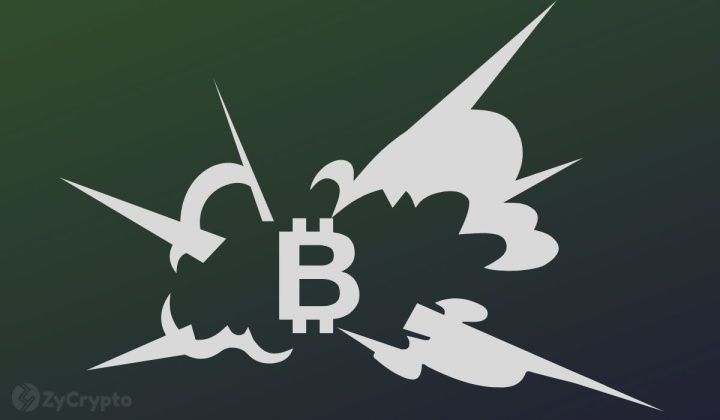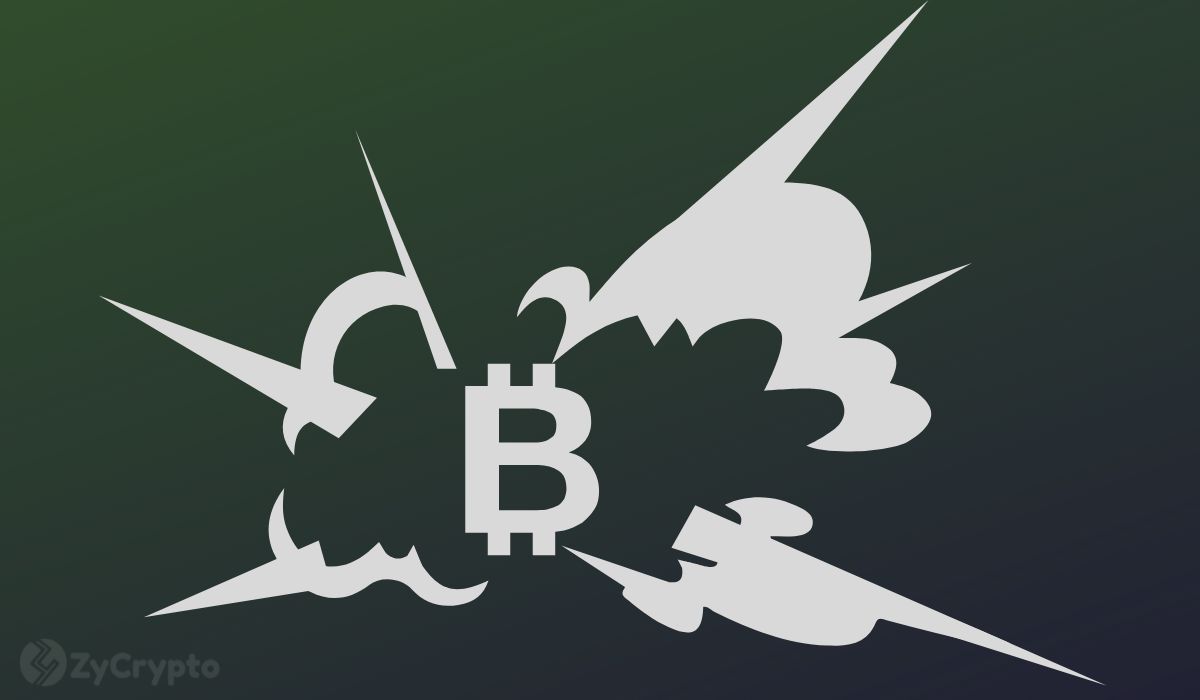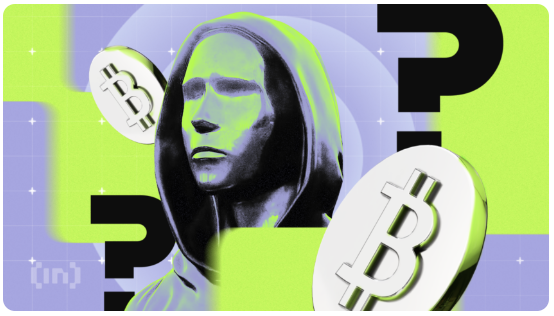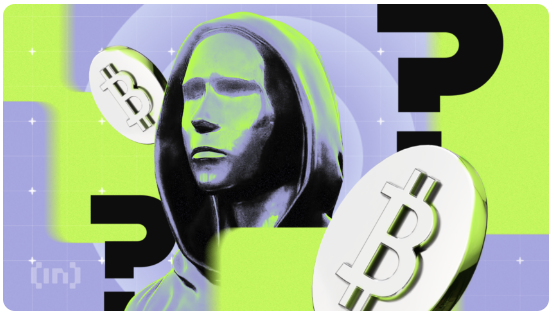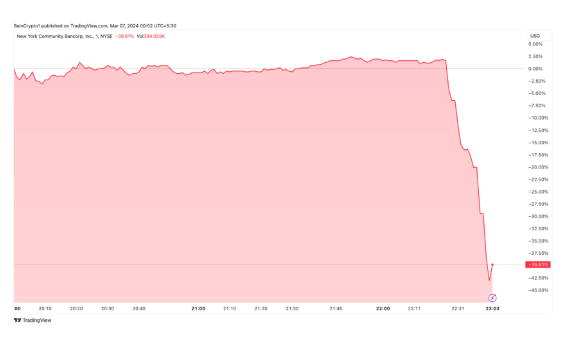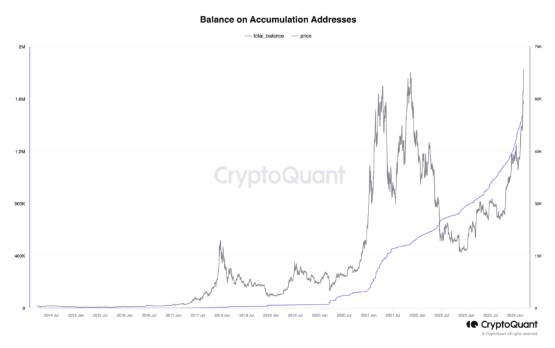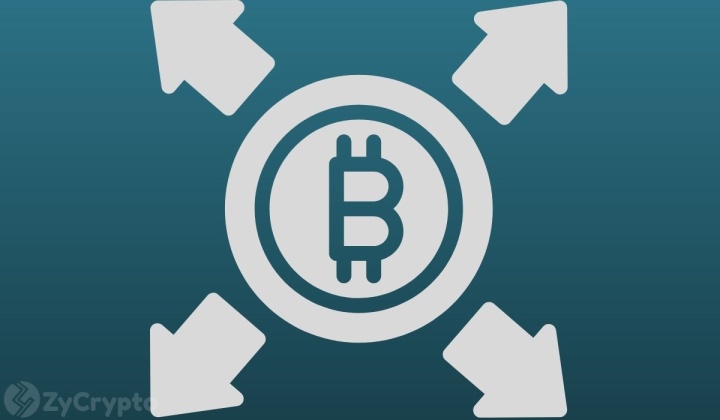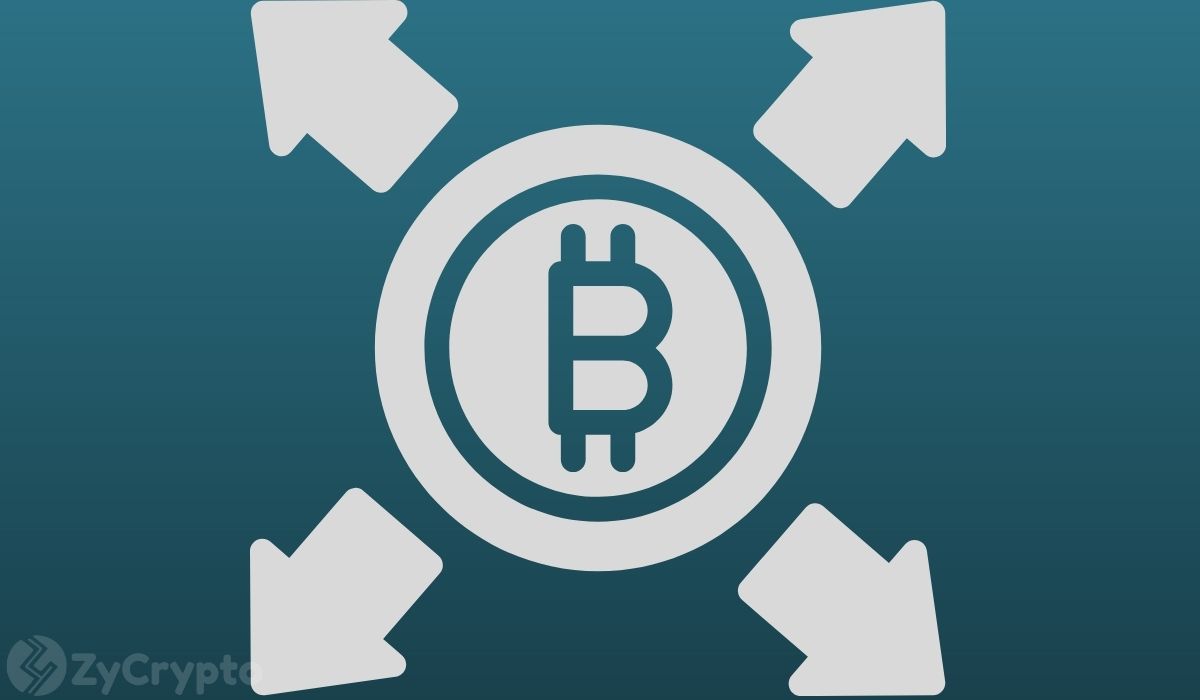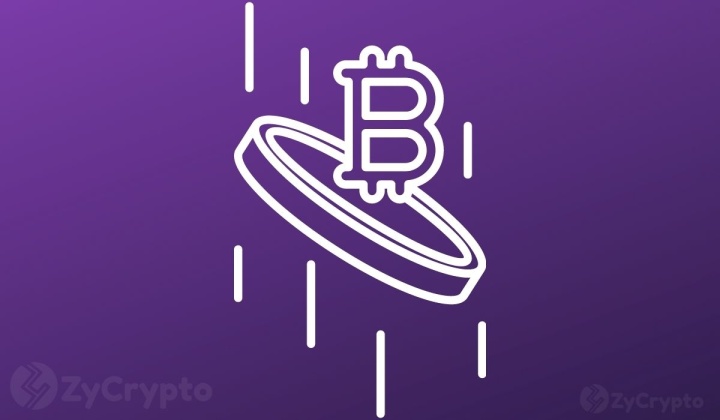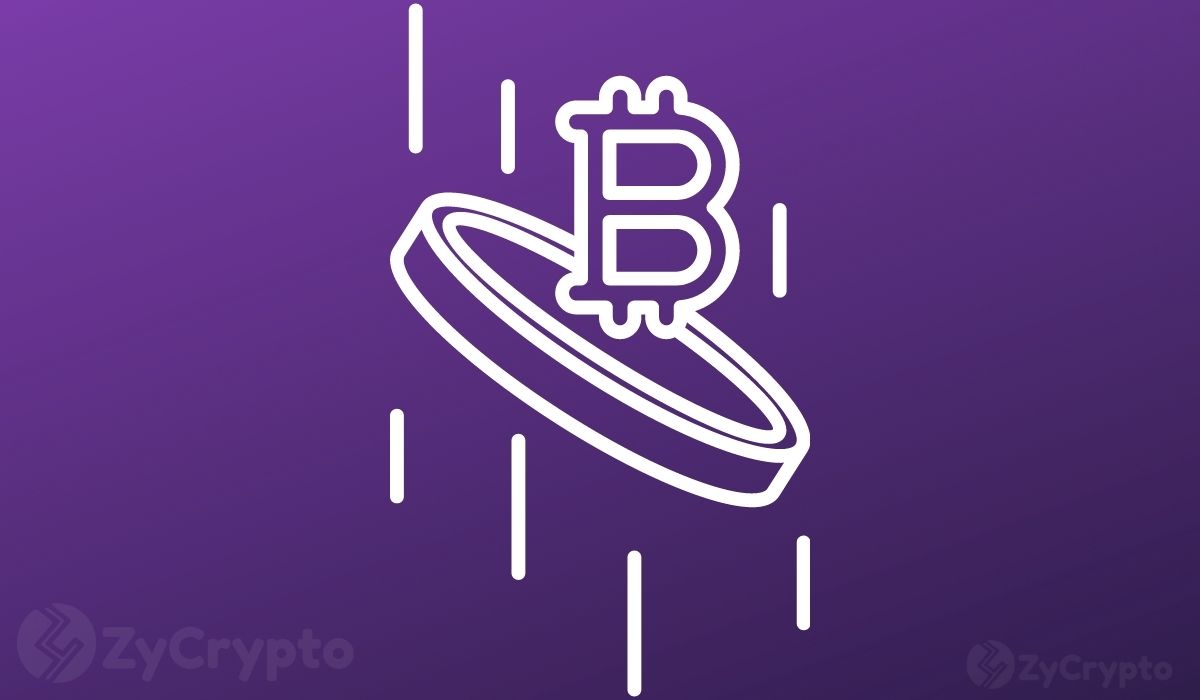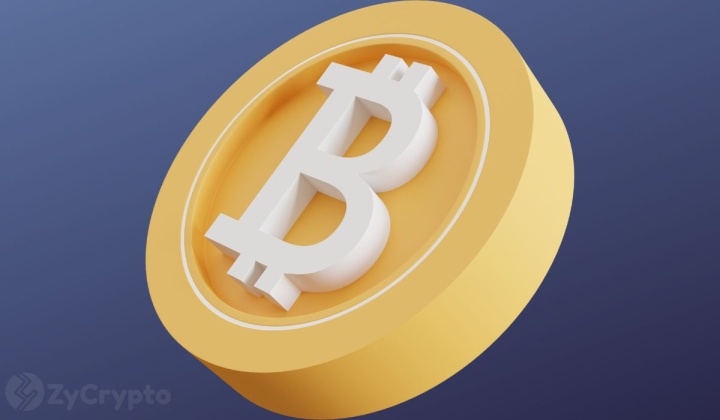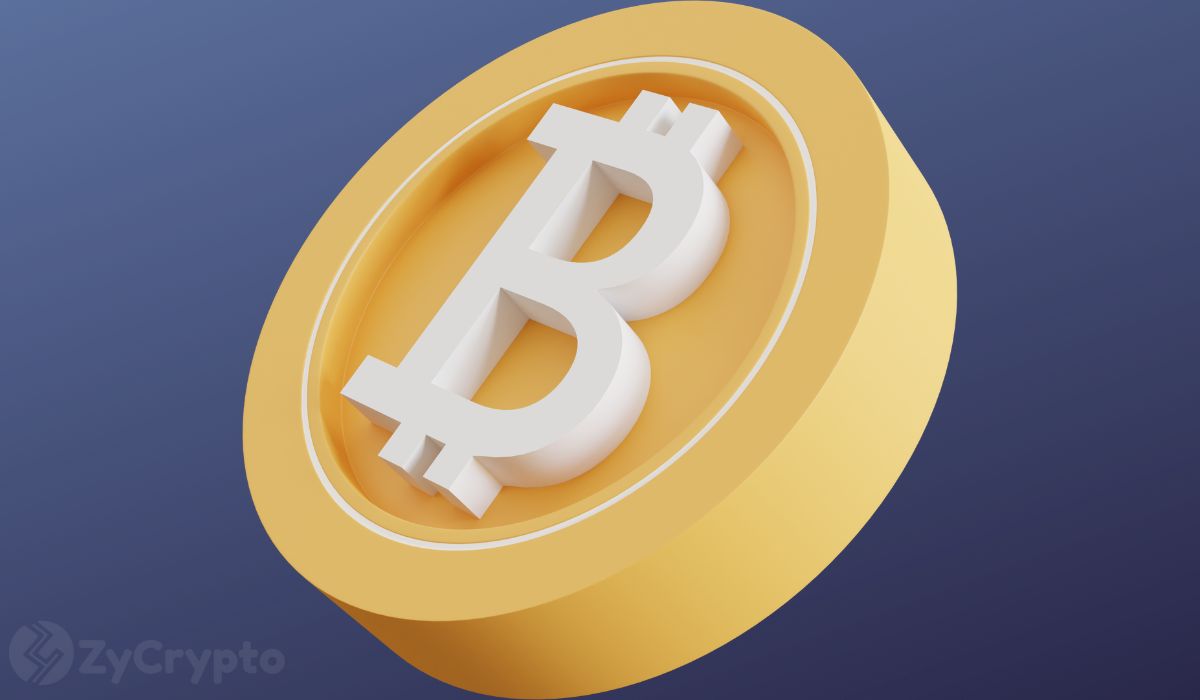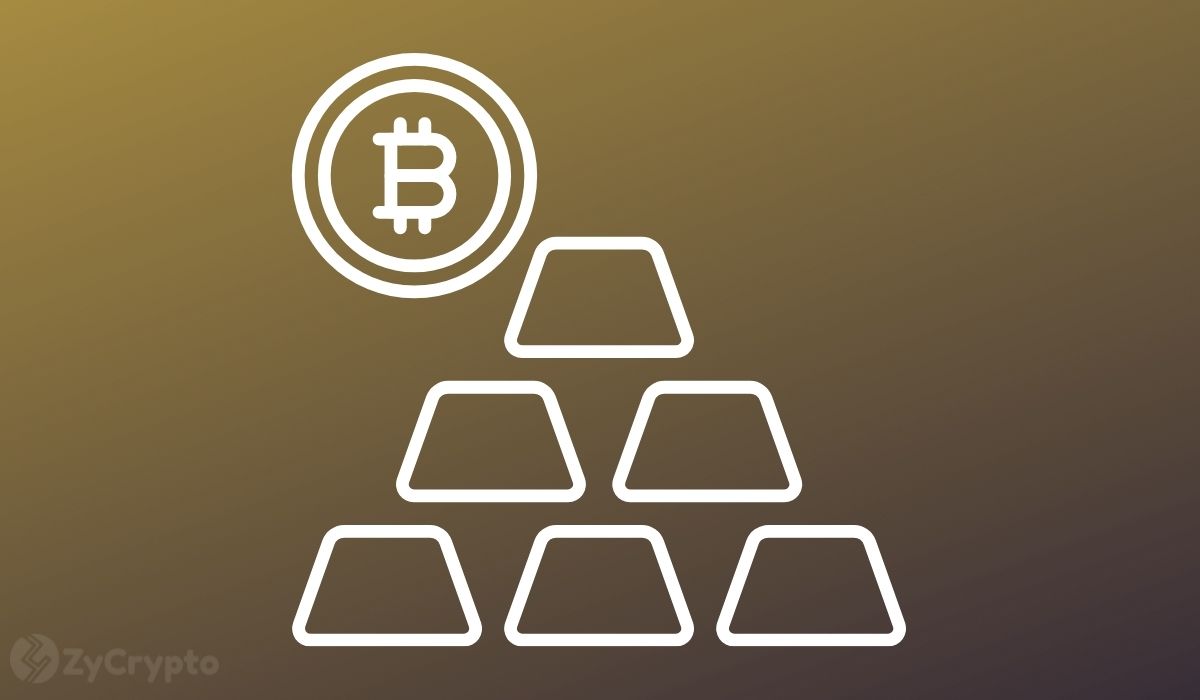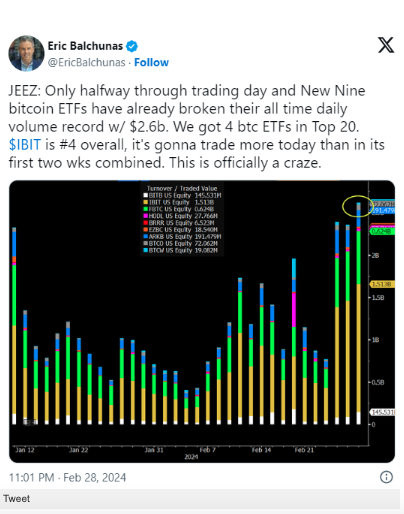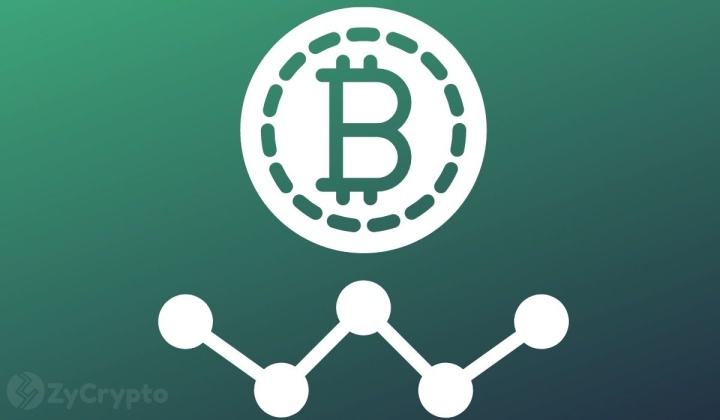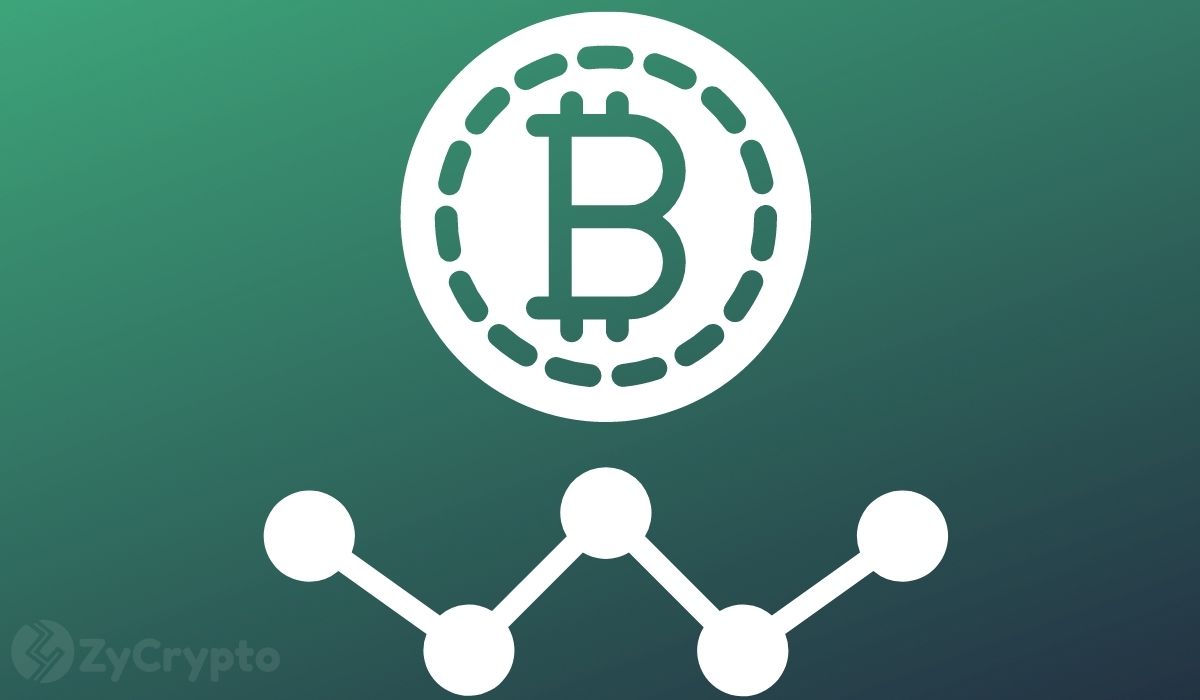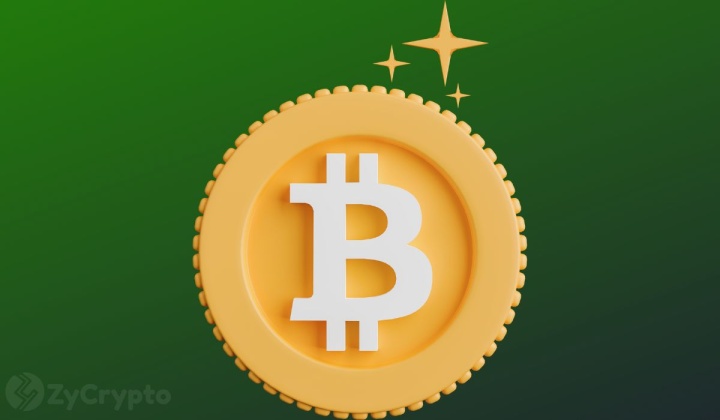
Here Are The Most Bullish Bitcoin Predictions For 2024
By Olivia Brooke – March 10, 2024
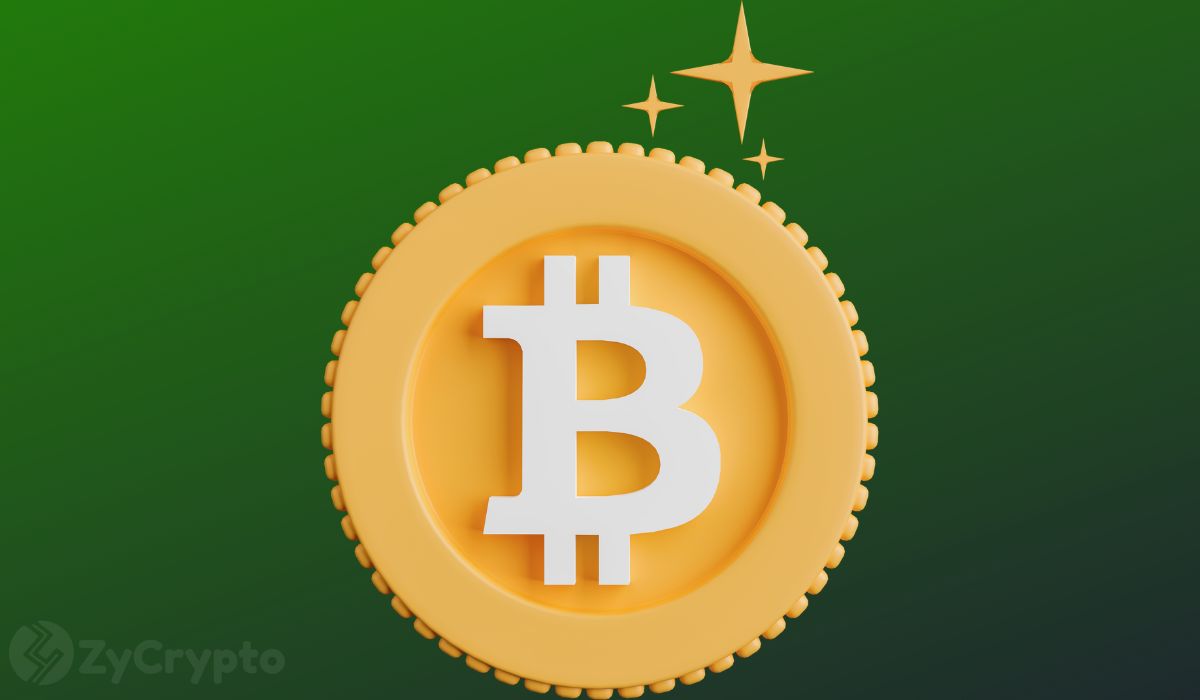
The most valued cryptocurrency by market capitalization has maintained its position above $60,000 for over ten days. With a continued increase in price value, market participants are making bold long-term and short-term predictions for the asset. The bullish sentiments are mostly backed by a handful of fundamental factors that key players expect to drive prices to new highs.
Making a bullish price forecast, on-chain analyst Willy Woo is convinced that Bitcoin can go above $100,000 within the next 22 months. As such, Woo expects Bitcoin to maintain stability above its current levels for the rest of 2024.
He cites BlackRock and Fidelity as factors that could propel this price upswing.
As he explained in a post shared with X, formerly Twitter,
“BTC price will go past $125k minimum before the end of 2025 just from Blackrock and Fidelity clients if they rotate 3% exposure to Bitcoin. These are their most optimistic portfolio allocation recommendations: Blackrock ($9.1T): 84.9% and Fidelity ($4.2T): 3%.”
Responding in affirmation to comments from an X user, who insisted that the prediction was rather conservative, the on-chain analyst noted that the prediction was modest as it is only $13.3 trillion of the $500 trillion global wealth.
Peter Brandt increases his Bitcoin price prediction to $200,000
Bernstein analysts recently made another bold price prediction led by Gautam Chhugani. The analysts observed that Bitcoin is on an 18-month path to $150,000. They credited the price upsurge to the unprecedented institutional adoption.
Peter Brandt, the CEO of global trading firm Factor LLC, has recently emerged as one of the most bullish crypto proponents.
The veteran crypto trader made an even more bullish prediction after Bitcoin surpassed $57,000, following the approval of 11 Bitcoin Spot ETFs. Brandt raised his initial price prediction by $80,000.
"With the thrust above the upper boundary of the 15-month channel, the target for the current bull market cycle scheduled to end in Aug/Sep 2025 is being raised from $120,000 to $200,000 … A close below last week’s low will nullify this interpretation.” Peter Brandt wrote.
As demand for ETFs intensifies, market players firmly hold on to their bullish take. The upcoming halving scheduled for April is another factor that could boost price value.
Bitcoin was trading for $69,385 at this time while the market continued in an upward direction. Analysts are calling $80,000 a near-term price point for Bitcoin.
DISCLAIMER: None Of The Information You Read On ZyCrypto Should Be Regarded As Investment Advice. Cryptocurrencies Are Highly Volatile, Conduct Your Own Research Before Making Any Investment Decisions.
The original article written by Olivia Brooke and posted on ZyCrypto.com.
Article reposted on Markethive by Jeffrey Sloe
** Loans, secure funding for business projects in the USA and around the world. Learn more about USA & International Financing at Commercial Funding International. **
Tim Moseley

